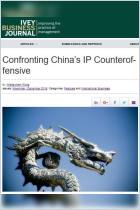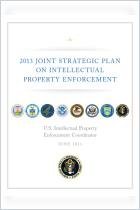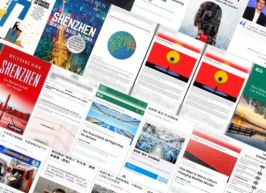
Recommendation
Patented and trademarked ideas fuel the modern world economy – especially the digital economy. On the threshold of more transformative technologies, the major economic powers, notably China and the United States, hotly compete for intellectual property rights. In the US, trademark applications have nearly doubled in less than 20 years, and innovative industries inject trillions into the US economy. In this CNBC report, international technology reporter Elizabeth Schulze clarifies why China has become America’s main intellectual property competitor and what the US can do about it.
Summary
About the Speaker
CNBC International technology correspondent Elizabeth Schulze reports daily from her London base across CNBC’s television, digital and social platforms.





















Comment on this summary